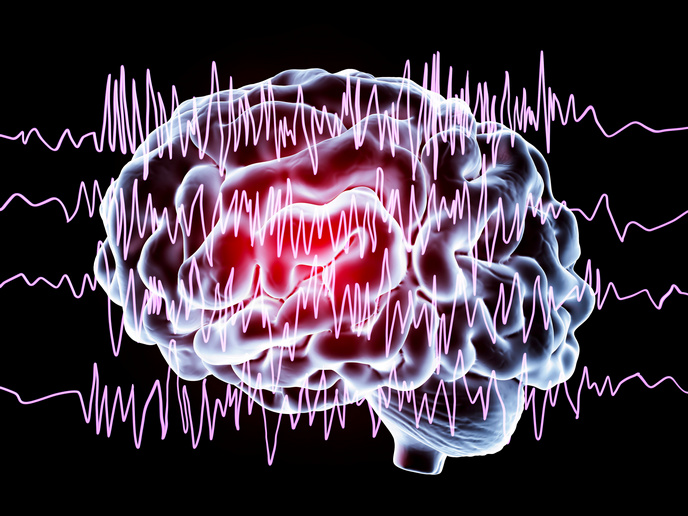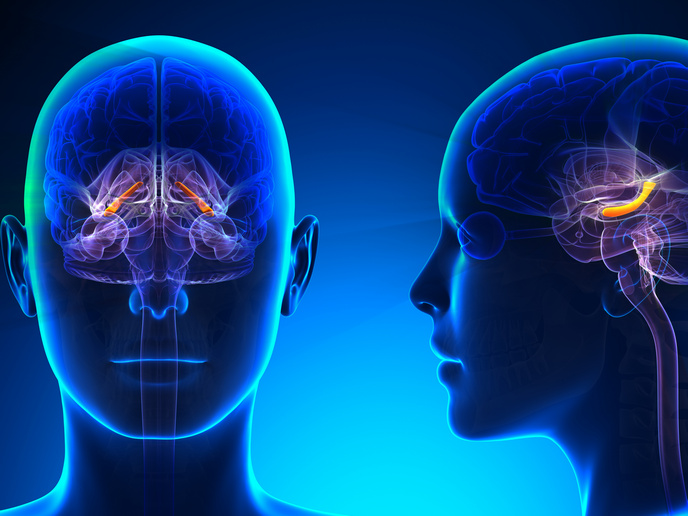Micro-robots that mimic biological functions
A fascinating property of living organisms is how movement can be directed by chemical stimuli. This is a phenomenon known as chemotaxis. “With chemotaxis, cells might move towards a chemical attractant or away from a chemical repellent,” explains ChemLife(opens in new window) project coordinator Larisa Florea from Trinity College Dublin(opens in new window). “This process is crucial for many biological functions, such as bacteria avoiding toxins, or immune cells moving to the site of an infection.”
Microstructured sensory vehicles
Supported by the European Research Council(opens in new window), the ChemLife project set out to synthetically imitate chemotaxis at the micro level. “Living organisms are far more complex than synthetic materials,” adds Florea. “But it is possible that by combining chemistry, smart design and precise 3D fabrication, we can achieve enhanced capabilities in soft materials.” Florea’s idea here was to create microstructured vehicles. These would be able to ‘navigate’ through complex fluidic environments and effectively ‘recognise’, or ‘sense’, specific chemical trails. “The first type of vehicles we developed were incredibly simple: droplets,” she says. “When we imagine micro-vehicles, some of us might think about movies like ‘Fantastic voyage’. But in ChemLife, we were able to show that microlitre-sized droplets can follow chemical gradients over long distances, just like bacteria finding food.” The project also demonstrated that these ‘smart’ droplets can swim powered by surface tension gradients, find chemoattractant sources in complex fluidic networks, and even sense and report on their local environment during their journey. “It might not be the micro-robot we imagine, but it is one,” remarks Florea.
Complex 3D polymer microstructures
Moving from droplets to more complex 3D polymer microstructures was the next goal. “We created a range of stimuli-responsive polymers with specific functionalities,” explains Florea. “These included micro-cantilevers that bend under electrical stimulation, micro-flowers that open in response to chemical cues, and microstructures that change colour depending on the local chemical environment.” This groundbreaking work has led to a number of discoveries. “Being able to control these liquid robots via electric fields has been a Eureka moment for us,” remarks Florea. “Similarly, one of our fantastic PhD graduates, Annael Sort-Montenegro, demonstrated, as far as we are aware, the fastest hydrogel electro-actuators to date.” This work has led to the development of a Biomimetic Toolbox, a library of adaptable vehicles for a wide range of scenarios. “The assembly of these micro-vehicles into ‘smart’ societies that can perform complicated tasks would be a really exciting achievement,” adds Florea. “We always have to think of applications in environments which are currently hard to reach, where there are micrometre objects that are so small that you can’t see them with the naked eye.”
Neurosurgery and localised drug delivery
Possible end uses include neurosurgery, where the remote manipulation of these micro-robots could help navigate the torturous network of arteries in the body. Florea’s colleague Jason Delente is pioneering this work. Other potential applications include on-demand localised delivery of therapeutic agents. While the path towards application is not always easy, the progress made in this project is currently being built upon. “We recently explored some of the chemistries developed in ChemLife for the realisation of adjustable implants,” says Florea. “Similarly, we are using the fact that we can fabricate responsive microstructures with exquisite precision in another European project called IV-Lab, to make chemical and biochemical sensors so small that they can be implanted in veins or arteries.”







